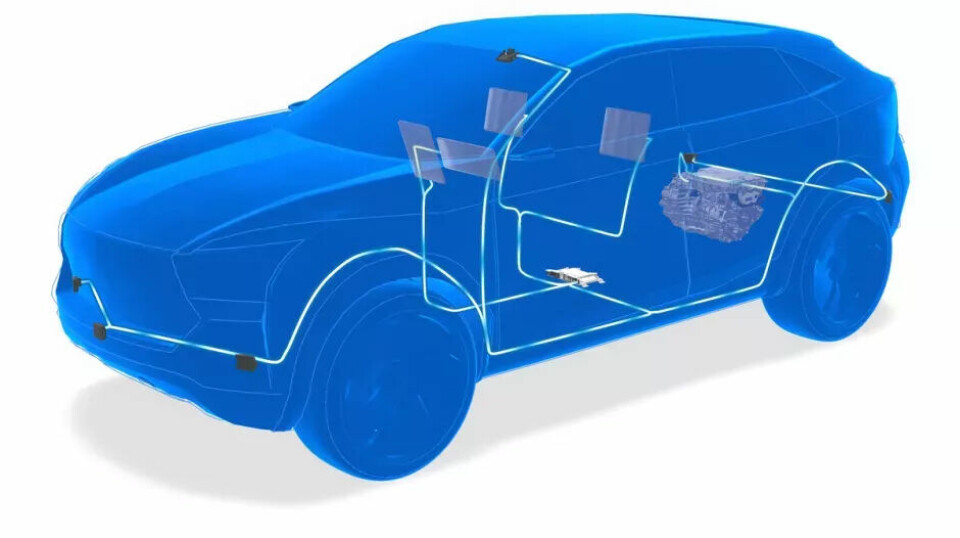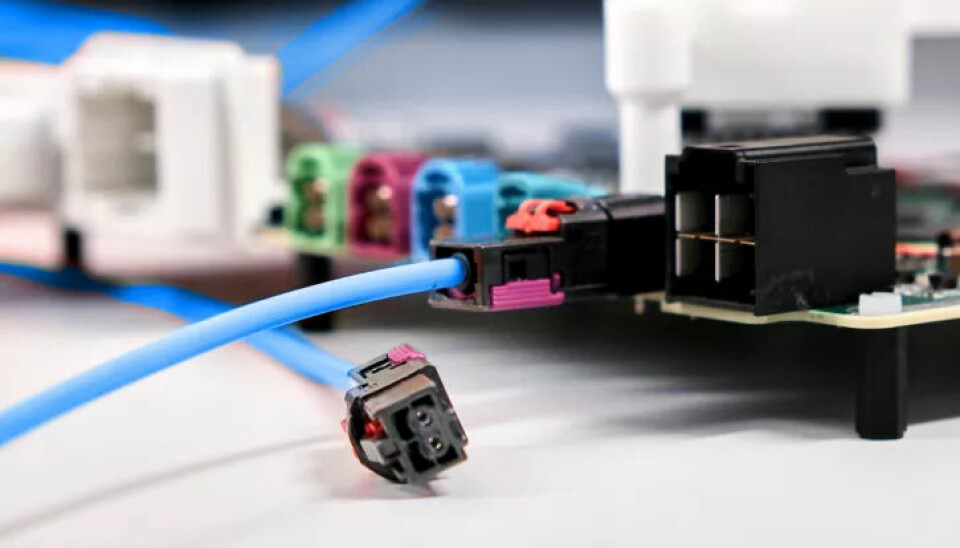Software-defined vehicles 2026
Optical Multi-Gigabit Ethernet: ZF relies on fibre optics

For extreme data rates in vehicle communication, ZF has further developed its high-performance computer ProAI for optical multi-gigabit Ethernet. The German supplier sees this as a key technology and announces series production from 2026.
ZF brings light speed to the onboard networks of software-defined vehicles. Optical data transmission uses light signals sent through fibre optic or plastic fibre cables. Fibre optic cables impress with high bandwidths, low losses, and high reliability.
About 20 years ago, optical systems such as "Media Oriented Systems Transport" (MOST) were introduced, which used polymer fibres as the physical transmission layer. Today's standards - especially optical multi-gigabit Ethernet according to IEEE 802.3cz-2023 - are based on more powerful fibre optics.
Key technology for modern onboard networks
At ZF, fibre optics are clearly seen as a key technology for future onboard networks in automobiles. Therefore, the ProAI high-performance computer has been specifically further developed for optical multi-gigabit Ethernet.
With new chips and connectors, data can be transmitted over automotive-grade fibre optics according to the IEEE 802.3cz standard. Development partners include the German automotive supplier MD Elektronik and the Spanish semiconductor company KD.
According to Oliver Briemle, Head of Cross-Domain Computing at ZF, the technology allows both short and long-distance transmissions of up to 40 metres. Series production is already planned for the coming year.

Strong Arguments for Optical Multi-Gigabit Ethernet
Especially with regard to autonomous driving, ZF sees numerous advantages: The technology supports data rates of 2.5 Gbit/s, 5 Gbit/s, 10 Gbit/s, 25 Gbit/s, and 50 Gbit/s - while simultaneously achieving significantly higher transmission distances of up to 40 metres. This makes the system suitable for both short and long-distance applications in various types of vehicles. In addition, fibre optic cables are significantly lighter than copper cables, saving weight.
In terms of reliability and durability, the technology also scores points: Fibre optics are insensitive to electromagnetic interference and enable galvanically isolated communication between different voltage areas. Another advantage is the higher energy efficiency compared to copper-based systems.
ZF also emphasises the future-proofing and scalability of the technology: High-performance computers (HPCs), control units (ECUs), and multi-domain controllers (MDCs) can be upgraded to higher data rates without the need to change existing optical cabling. The use of globally widespread and mass-produced OM3 fibres - as specified in the IEEE 802.3cz-2023 standard - also reduces system costs. Last but not least, optical multi-gigabit Ethernet offers nearly ideal communication channels with low complexity of the physical layer.
This article was first published at all-electronics.de
